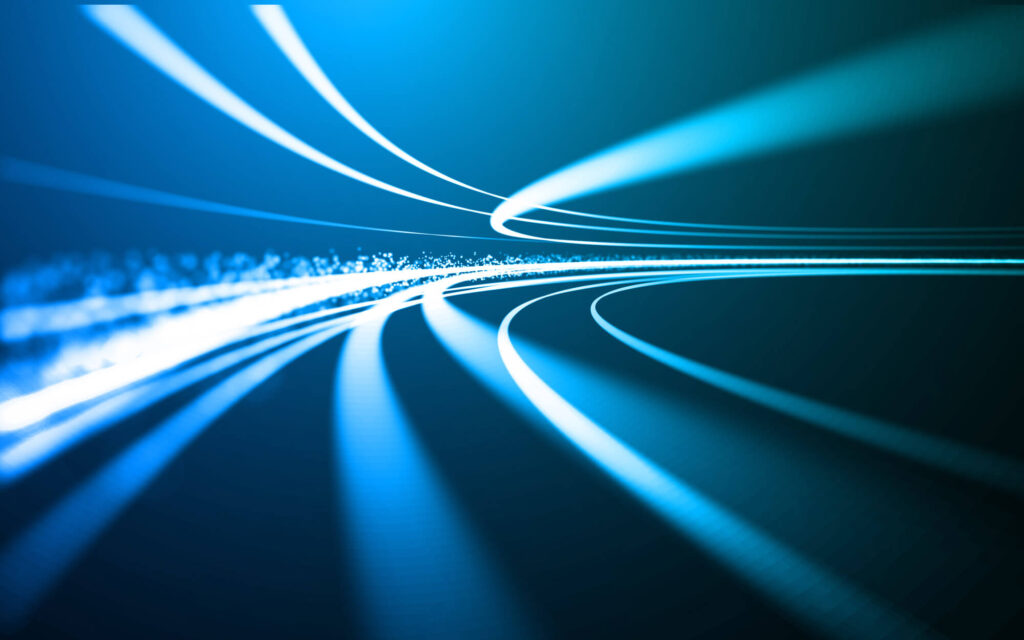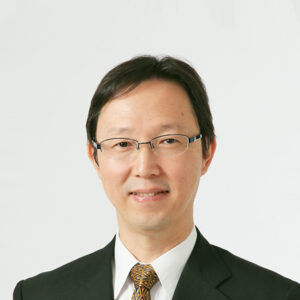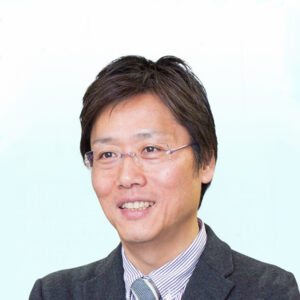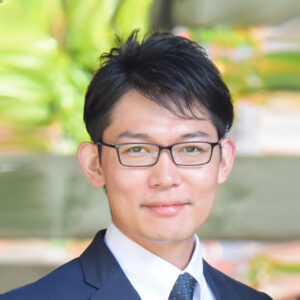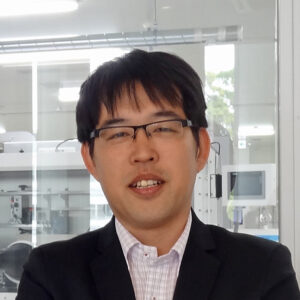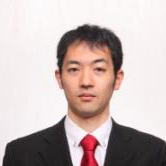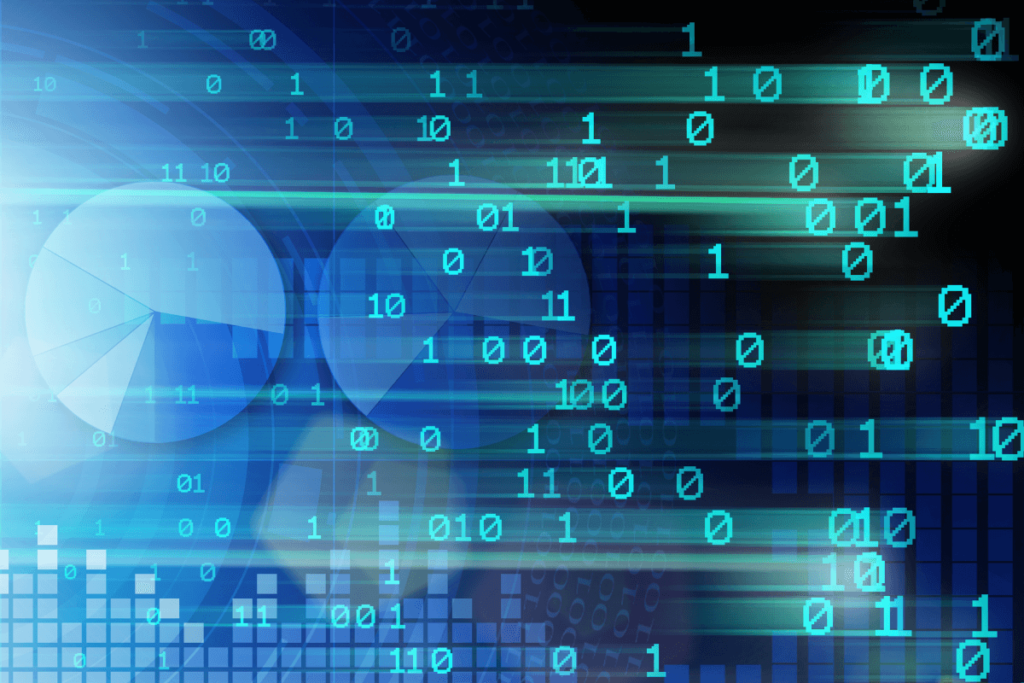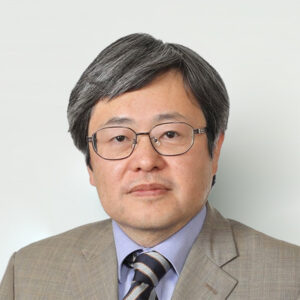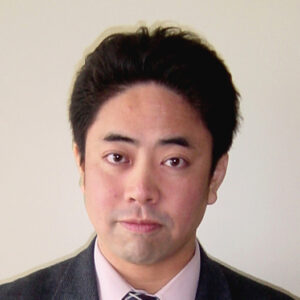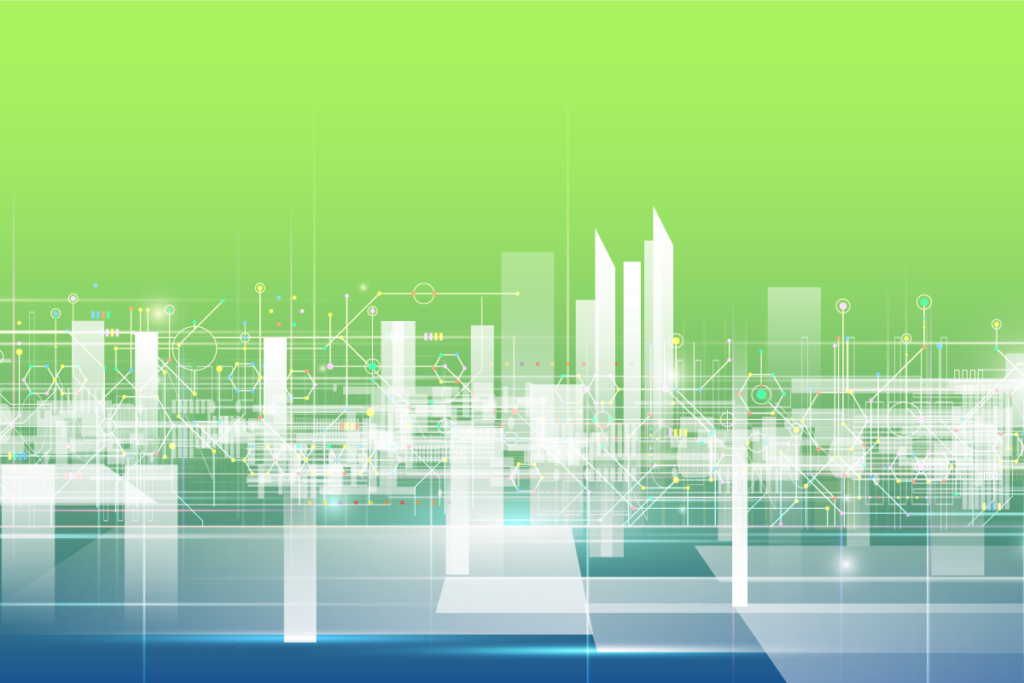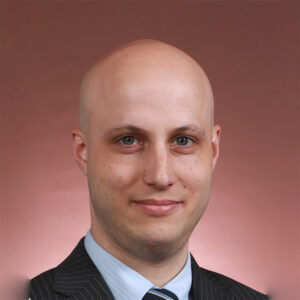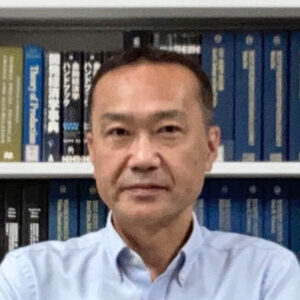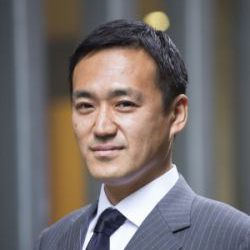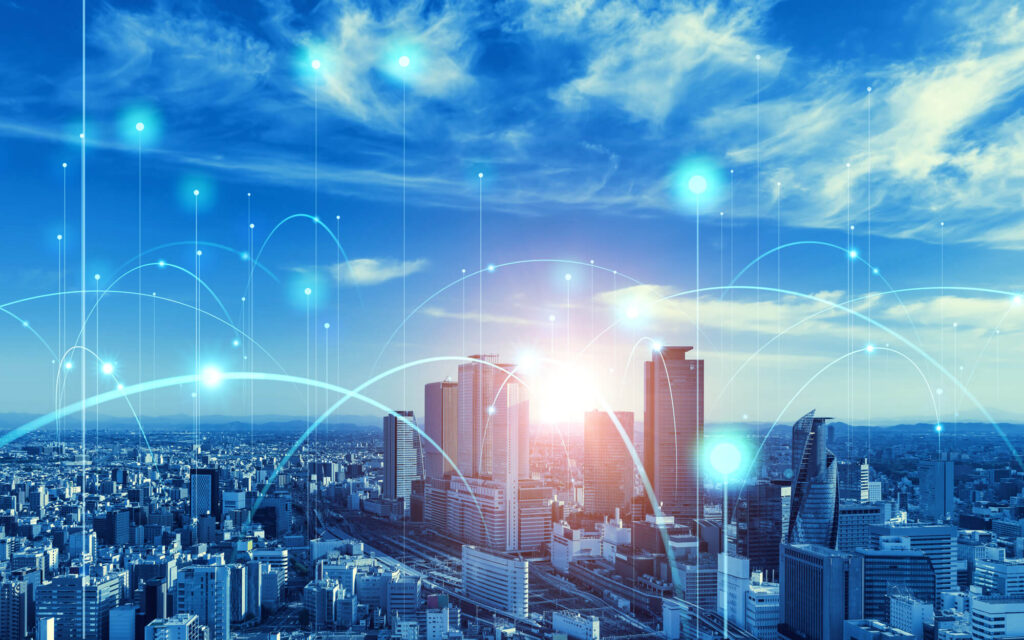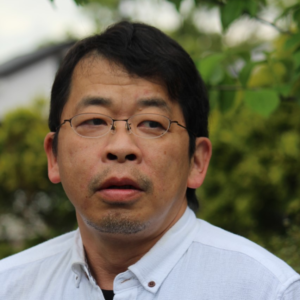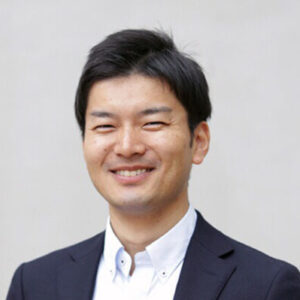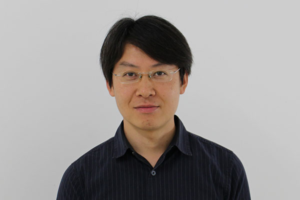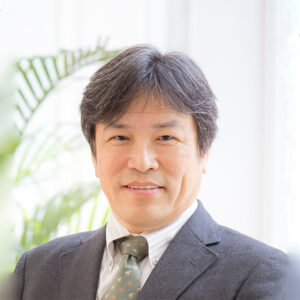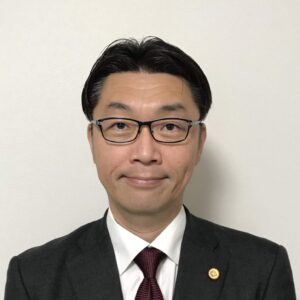CO₂ is ubiquitous in the atmosphere. Therefore, it is important to capture, convert and sequester CO₂ regardless of its location. Therefore, each individual technology must be interconnected to be effective as an integrated system.
In this division, we are developing collaborative research on CO₂ capture, conversion and sequestration.
Ubiquitous CO₂ Research Division

-
Member
Division Head
Professor
Shigenori Fujikawa
International Institute for Carbon-Neutral Energy Research
more

Professor
Shigenori Fujikawa
International Institute for Carbon-Neutral Energy Research
fujikawa.shigenori.137@m.kyushu-u.ac.jp
- Research Interest
-
nanomaterial chemistry, membrane science, surface science
- Keywords
-
nanomembrane, nanostructure, nanomaterial chemistry, membrane science
- Research Overview
-
My current research topic is to create new functional nanomaterials by controlling the material structure and size of the interface based on materials chemistry.
In general, nanomaterials have unique properties that are different from those of bulk materials because the surface occupies a large proportion of the material. Taking advantage of this, our research involves creating various nanomaterials with structures and sizes designed by chemical approaches. In particular, we are currently focusing on the development of nanometer-thick membranes with large planar size and self-sustainability for selective CO₂ separation.
CO₂ Capture Research Unit
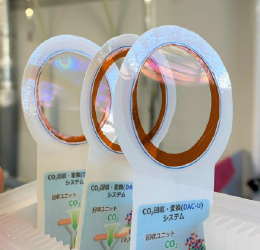
This research division conducts basic research and technology development mainly related to direct CO₂ capture from the atmosphere, based on separation membranes.
While the membrane separation method is expected to be most cost-effective among the CO₂ capture technologies, direct air capture (DAC) from the atmosphere has been impossible with conventional separation membranes due to their extremely low gas permeability. We have tackled these challenges and developed an innovative separation nanomembrane with an overwhelmingly high CO₂ permeability based on our original nanomembrane technology. Thus, Nanomembranes greatly elevate the possibility of capturing CO₂ from the atmosphere by membrane separation. In addition, membrane separation systems have the unique advantages of low cost, high size scalability, and they are installable anywhere. By making full use of these features, we aim to realize direct CO₂ capture from the atmosphere anywhere and everywhere (ubiquitous CO₂ collection).
Unit Member

Unit Head
Professor
Shigenori Fujikawa
International Institute for Carbon-Neutral Energy Research
more

Professor
Shigenori Fujikawa
International Institute for Carbon-Neutral Energy Research
fujikawa.shigenori.137@m.kyushu-u.ac.jp
- Research Interest
-
nanomaterial chemistry, membrane science, surface science
- Keywords
-
nanomembrane, nanostructure, nanomaterial chemistry, membrane science
- Research Overview
-
My current research topic is to create new functional nanomaterials by controlling the material structure and size of the interface based on materials chemistry.
In general, nanomaterials have unique properties that are different from those of bulk materials because the surface occupies a large proportion of the material. Taking advantage of this, our research involves creating various nanomaterials with structures and sizes designed by chemical approaches. In particular, we are currently focusing on the development of nanometer-thick membranes with large planar size and self-sustainability for selective CO₂ separation.
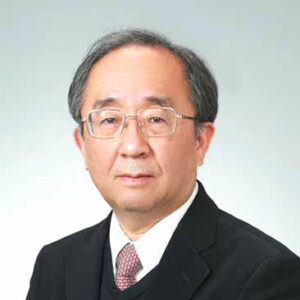
Research Professor
Atsushi Takahara
Research Center for Negative Emissions Technologies
takahara.atsushi.150@m.kyushu-u.ac.jp
- Research Interest
-
Polymer Science, Surface Material Science
- Keywords
-
Polymer Structure, Physical Properties of Polymers, Polymer Nanocomposites,Poymer Surface and Interfaces, Polymer Degradation and Stability, Quantumn Beam Science
- Research Overview
-
On the basis of chemistry, I have been engaged in the research of structure-properties relationships of polymers.
1) Analysis of fatigue behavior of polymeric materials based on in situ nonlinear viscoelastic measurements.
2) Surface molecular aggregation state and surface molecular motion of polymeric solids.
3) Precise design and physical properties of polyelectrolyte brushes.
4) (Organic/inorganic) nano hybrids on the basis of precise interfacial design of natural inorganic nano fibers.
5) Surface structure and properties of fluoropolymers.
6) Analysis of structure and properties of polymers by quantum beam.
7) Polymer degradation and stability
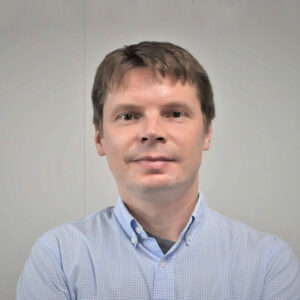
Associate Professor
Roman Selyanchyn
Kyushu University International Institute for Carbon-Neutral Energy Research
romanselyanchyn@i2cner.kyushu-u.ac.jp
- Research Interest
-
material science and engineering, environmental engineering
- Keywords
-
gas separation, membranes, carbon dioxide, thin-films, composites, gas sensors, polymers, hybrid materials, nanomaterials
- Research Overview
-
My ongoing research is broadly devoted to the development of membranes for different gases separation. Specifically I am interested in the separation of the carbon dioxide from the complex mixtures, for example from flue gas of the conventional power plants where CO₂ should be separated from nitrogen. For membrane development I study how different polymers can be optimally assembled in the thin-film composite membranes in order to achieve efficient CO₂ separation from other gases. Also I study how advanced nanomaterials (e.g. metal organic frameworks) can be beneficially incorporated in the membranes to improve their properties. Besides the fundamental material science research I also perform chemical processes simulations to understand how the membranes should be used in realistic devices aimed to achieve wide-spread capture of the environmental CO₂.
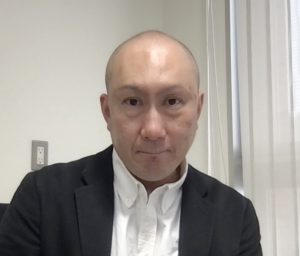
Associate Professor
Naoki Ousaka
Research Center for Negative Emissions Technologies
ousaka.naoki.565@m.kyushu-u.ac.jp
- Research Interest
-
polymer synthesis, supramolecualr chemistry
- Keywords
-
crosslinked polymer, thin-films, carbon dioxide, gas separation
- Research Overview
-
My current research topic is the development of novel functional materials based on polymer and supramolecular chemistry. In particular, I am focusing on the design and synthesis of novel cross-linked polymers to develop thin films with high gas permeability and selective carbon dioxide separation.
-
YingJun An
Post-doctoral Fellow
Research Center for Negative Emissions Technologies
-
Sinan Feng
Post-doctoral Fellow
Research Center for Negative Emissions Technologies
-
Adchara Padermshoke
Post-doctoral Fellow
Research Center for Negative Emissions Technologies
-
Anh Phuong Le Thi
Post-doctoral Fellow
Research Center for Negative Emissions Technologies
-
Shinichi Murata
Research Technician
Research Center for Negative Emissions Technologies
-
Motoko Teranishi
Research Technician
Research Center for Negative Emissions Technologies
CO₂ Conversion Research Unit
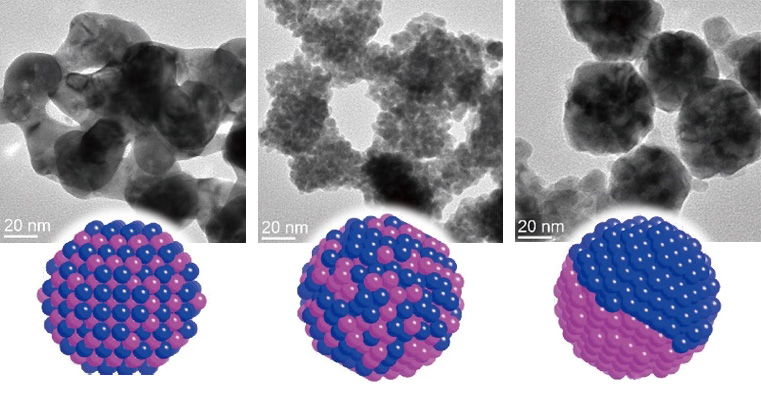
While CO₂ is known as a greenhouse gas, it can be a precious resource of carbon. However, as CO₂ is in its most oxidized (energy-consumed) carbon state, it requires energy to be converted (reduced) to value-added carbon materials.
For this , catalyst plays an extremely important role in reducing energy use and in enhancing selectively for converting it into useful compounds. Kyushu University has succeeded in developing unique catalytic nanoparticles that convert CO₂ to methane, alcohol, ethylene, etc.
Using this technology, we are developing catalysts and devices to convert CO₂ which was collected and concentrated from the atmosphere into carbon monoxide, methane and alcohol in an electrochemical manner.
Unit Member
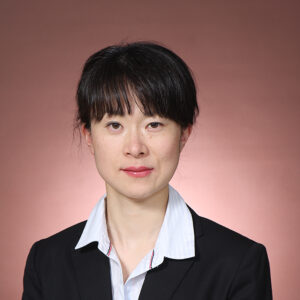
Unit Head
Professor
Miho Yamauchi
Institute for Materials Chemistry and Engineering
more

Professor
Miho Yamauchi
Institute for Materials Chemistry and Engineering
yamauchi@ms.ifoc.kyushu-u.ac.jp
- Research Interest
-
solid state chemistry, nano science, catalysis
- Keywords
-
solid state chemistry, nano science, catalysis
- Research Overview
-
We are developing new catalysts, magnet materials, gas storage, and ion conductor that will contribute to the realization of a sustainable society. We select the most suitable constituent elements, control the morphology, size, shape of the material at the "nanometer" level, and produce high-performance inorganic nanomaterials.

Associate Professor
Hirokazu Kobayashi
Research Center for Negative Emissions Technologies
kobayashi@k-nets.kyushu-u.ac.jp
- Research Interest
-
solid state chemistry, nanomaterial chemistry, coordination chemistry
- Keywords
-
solid state chemistry, nanomaterial chemistry, coordination chemistry
- Research Overview
-
We are interested in developing advanced materials toward a realization of a carbon resource-recycling society. In particular, we address the creation of highly active and highly selective catalysts for CO2 conversion into a useful chemical feedstock under mild conditions through a precise control of the reaction field and active site of catalyst at the atomic level.
-
Sachie Hikino
Research Technician
Research Center for Negative Emissions Technologies
CO₂ Storage Research Unit
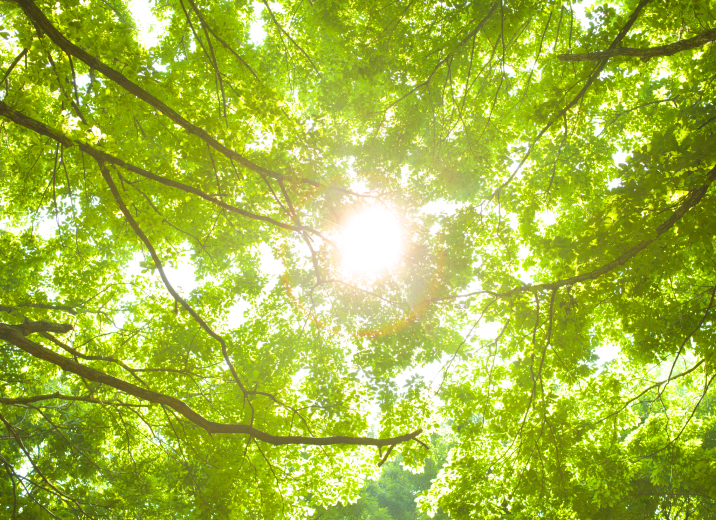
Consumption of fossil resources results in the emission of CO₂ into the atmosphere. In order to permanently improve this situation, it is important not only to use the captured CO₂ (carbon neutral) but also to return the CO₂ to underground.
This technology is called CO₂ storage, and it has been applied especially at industry sites , such as thermal power plants, steel mills, and cement plants where large amount of CO₂ is emitted. As the exhaust gas contains various harmful substances, high purity of CO₂ was required for underground storage of CO₂. Processed gas by DAC, however, does not contain such harmful substances, and the gas is mainly a mixture of nitrogen and oxygen. Now the injection of such mixture of gas containing CO₂ is different from the conventional CO₂ storage process.
This division aims to establish new CO₂ storage technologies based on the high-pressure physics of this gas mixture.
Unit Member

Unit Head
Professor
Shigenori Fujikawa
International Institute for Carbon-Neutral Energy Research
more

Professor
Shigenori Fujikawa
International Institute for Carbon-Neutral Energy Research
fujikawa.shigenori.137@m.kyushu-u.ac.jp
- Research Interest
-
nanomaterial chemistry, membrane science, surface science
- Keywords
-
nanomembrane, nanostructure, nanomaterial chemistry, membrane science
- Research Overview
-
My current research topic is to create new functional nanomaterials by controlling the material structure and size of the interface based on materials chemistry.
In general, nanomaterials have unique properties that are different from those of bulk materials because the surface occupies a large proportion of the material. Taking advantage of this, our research involves creating various nanomaterials with structures and sizes designed by chemical approaches. In particular, we are currently focusing on the development of nanometer-thick membranes with large planar size and self-sustainability for selective CO₂ separation.
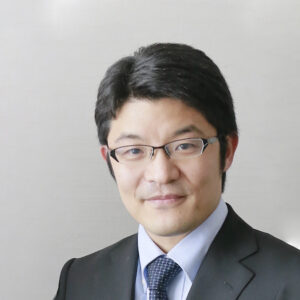
Professor
Takeshi Tsuji
Faculty of Engineering, The University of Tokyo
tsuji@sys.t.u-tokyo.ac.jp
- Research Interest
-
Earth and Planetary Science, Exploration Geophysics
- Keywords
-
CO₂ storage, geothermics, earthquake, space exploration
- Research Overview
-
Based on the geophysical imaging, monitoring and modeling methods, I focus on three fields; (1) earth science (e.g., earthquakes and volcano eruptions), (2) energy and resource engineering (e.g., CO₂ storage and geothermics), and (3) geophysical exploration in frontier environments such as extraterrestrial and deep-sea environments.

Associate Professor
Tatsunori Ikeda
Department of Earth Resources Engineering, Faculty of Engineering
ikeda@mine.kyushu-u.ac.jp
- Research Interest
-
Geophysics, Seismology
- Keywords
-
seismic monitoring, ambient noise analysis, reservoir characterization, digital rock physics
- Research Overview
-
My research interest is to develop a method to estimate and monitor subsurface properties with high spatio-temporal resolution from seismic data. In particular, I am studying a cost effective monitoring method using passive seismic source (ambient noise) and a controlled seismic source, which allow us to monitor reservoirs continuously, and contribute to identifying accidential incident in reservoirs immediately. I also study digital rock physics to reveal the influence of the heterogeneity on seismic properties.
